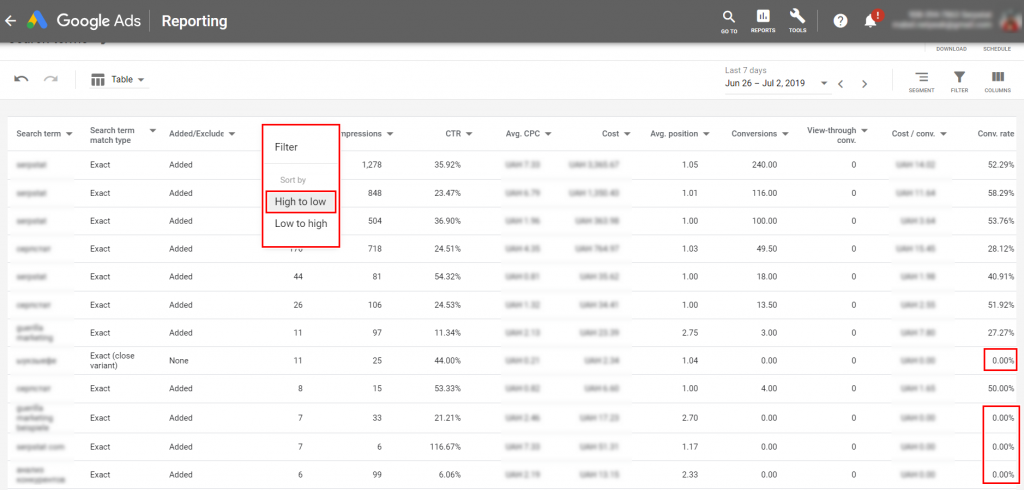How to use PPC data to drive more SEO traffic
Analyzing PPC results to improve SEO is an unconventional yet effective method. Witness higher conversions and get more data to outrank competitors.
Analyzing PPC results to improve SEO is an unconventional yet effective method. Witness higher conversions and get more data to outrank competitors.
It’s no surprise that PPC campaigns are great for driving quick results. However, it’s not the only way paid campaigns can bring profit to digital marketers. Integrating your PPC data in your SEO strategy will help you improve your overall performance.
Your SEO strategy should be flexible to trends, algorithms, and user behavior. While it takes much time to evaluate SEO results, the PPC data allows you to predict what works and what doesn’t work. Using this information for SEO, you’ll boost your search rankings significantly. In this article, I’ll tell you how to analyze your paid campaigns to determine which keywords resulted in the most significant number of conversions and focus on these phrases to improve your SEO.
Pay-per-click advertising is an easily controlled digital marketing channel that provides an opportunity to target specific audiences, countries, and the time you want your ads to show up. Due to this fact, you can use PPC reports to get useful data for improving your keyword list.
These are the major differences between collecting keywords for SEO and PPC:
There are four major reasons you should make your PPC campaigns work together with SEO efforts:
In your Google Adwords reports, you can find lots of useful data for organic search optimization. First of all, it may happen that you are spending large sums on PPC to get little conversions. It usually happens when you select high CPC keywords that are searched for by people who aren’t ready to convert (have you ever heard about a sales funnel?). Instead, you could optimize your top-of-funnel content for these high-cost keywords and eventually lead the prospects to conversions.
To identify these keywords, go to “Reports” > “Search terms”

You’ll see the list of search terms that people have used, and the ones that resulted in your ad being shown and clicked. To collect keywords that result in the highest click-through rates, under “Clicks”, select “High to Low”. The list will automatically portray keywords sorted by the number of clicks.

Now let’s look at the conversion rate of the terms that drive a number of clicks. If the clicks drive no results, it means people using these specific search terms aren’t ready to buy. But if you optimize your blog posts for these keywords, your visitors might come back soon to convert.
To enlarge your SEO keyword list, you can also analyze your competitors’ ads and keywords they are bidding on. Content creation isn’t only about driving traffic to your website. To be worth something to your business, your website content should attract actual leads that are likely to convert. That’s why it’s important to check the keywords your competitors’ ads are showing up for. If a competitor is spending large sums to appear in Google for a keyword, it’s definitely worth your consideration.
At this stage, you’ll need one of the all-in-one SEO tools, such as Ahrefs, Serpstat, or Moz. To illustrate the process, I’ll go with Serpstat.
There are two reports you can use for this purpose:
In the “Keyword Research > PPC Research > Keywords” section, enter your target keyword, select your country, and click on “Search”. In the report, you’ll see the list of similar keywords your top-100 competitors are bidding on along with ads showing up for these keywords. Collect the most relevant ones and add them to your SEO keyword list.

Clicking through the “Ad examples” section, you’ll also see the keywords used in your competitors’ paid campaigns, but this time they are grouped under the specific ads. It allows you to get ready-to-use clusters of keywords relevant to different landing pages.

Analyzing your PPC results to improve your SEO performance is an unconventional but very effective method. Make your PPC and SEO work together for your brand promotion and you’ll not only witness higher conversions but also get more statistical data to outrank your competitors.